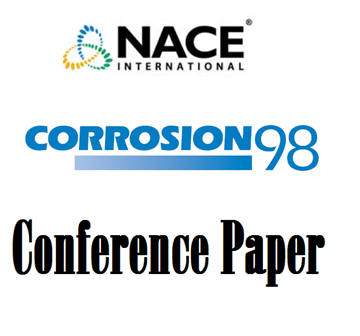Search
98428 CORROSION OF Fe, Ni, Cr AND THEIR ALLOYS IN SIMULATED MUNICIPAL WASTE INCINERATION CONDITIONS
Also Purchased
98413 MATERIALS SELECTION IN HYDROTHERMAL OXIDATION PROCESSES
Product Number:
51300-98413-SG
ISBN:
98413 1998 CP
$20.00
98417 TITANIUM AS REACTOR MATERIAL FOR SCWO APPLICATIONS.FIRST EXPERIMENTAL RESULTS
Product Number:
51300-98417-SG
ISBN:
98417 1998 CP
Publication Date:
1998
$20.00
98475 Optimizing a 6%Mo Stainless Steel for FGD Service
Product Number:
51300-98475-SG
ISBN:
98475 1998 CP
$20.00




